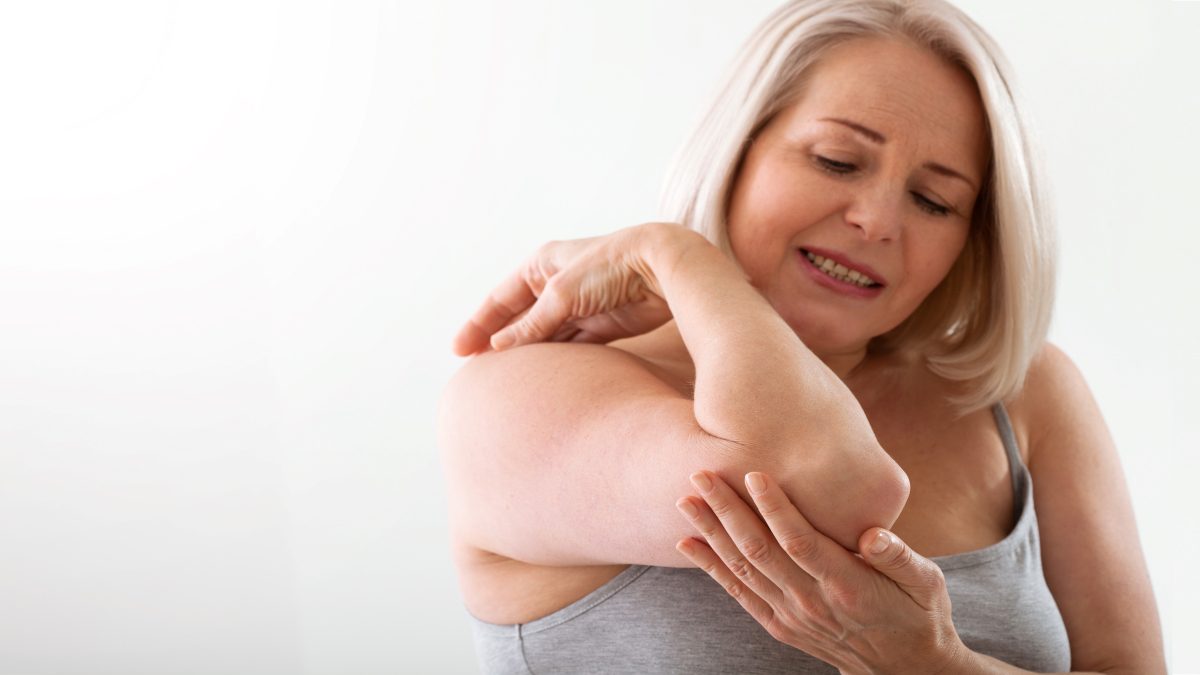What is bursitis?
A “bursa” is a small fluid-filled sac that provides a cushion for your tendons, muscles, and bones near your joints. When these little sacs become inflamed, the condition is called “bursitis.”
Bursitis often develops near joints that perform the same motions frequently and repeatedly. The hip, elbow, and shoulder are the most common sites for bursitis, but they can also occur near the heel, knee, and big toe.
Prevalence
Adults are more likely to experience bursitis, especially those over 40 years old.
Bursitis risks
Anyone can develop bursitis. Even people who have no other health problems can develop the condition, but certain factors may increase your risk. These include:
- Your Age: Bursitis occurs more frequently as we age.
- Certain hobbies and occupations: Jobs or pastimes that involve pressure or repeated movement of a certain bursa increase the risk of developing the condition.
- Other medical diseases and conditions: These include gout, diabetes, and rheumatoid arthritis.
Classification
Bursitis is described by the location of the affected bursa, as there isn’t a formal classification method for the condition.
Bursitis can also develop suddenly and be considered acute or be a chronic, ongoing condition. If the cause of the disorder is an infection, it is known as septic bursitis.
The most common types of bursitis include:
- Shoulder bursitis
- Elbow bursitis
- Knee bursitis
- Hip bursitis
- Ischial bursitis
- Foot bursitis
Bursitis causes
The most common causes of bursitis are repeated positions or movements that cause irritation to the bursae (plural of “bursa”) that are near a joint. Some examples of such activities include:
- Repeatedly lifting an object over your head
- Repeatedly throwing a baseball
- Spending extended periods kneeling, to mop floors or lay tile, for example
Injury or trauma can also cause bursitis, as well as infection, rheumatoid arthritis, or gout.
Pathological changes
When the bursa becomes inflamed, synovial cells begin to multiply. This increases the production of fluid and the formation of collagen. A high-protein fluid enters as a result of a more permeable capillary membrane. Granulation tissue may replace the bursal sac lining, which may be followed by fibrous tissue. Fluid, which is many times rich in fibrin and may become hemorrhagic, then fills the bursa.
Click Here to read about Symptoms.
















Leave a Reply
You must be logged in to post a comment.